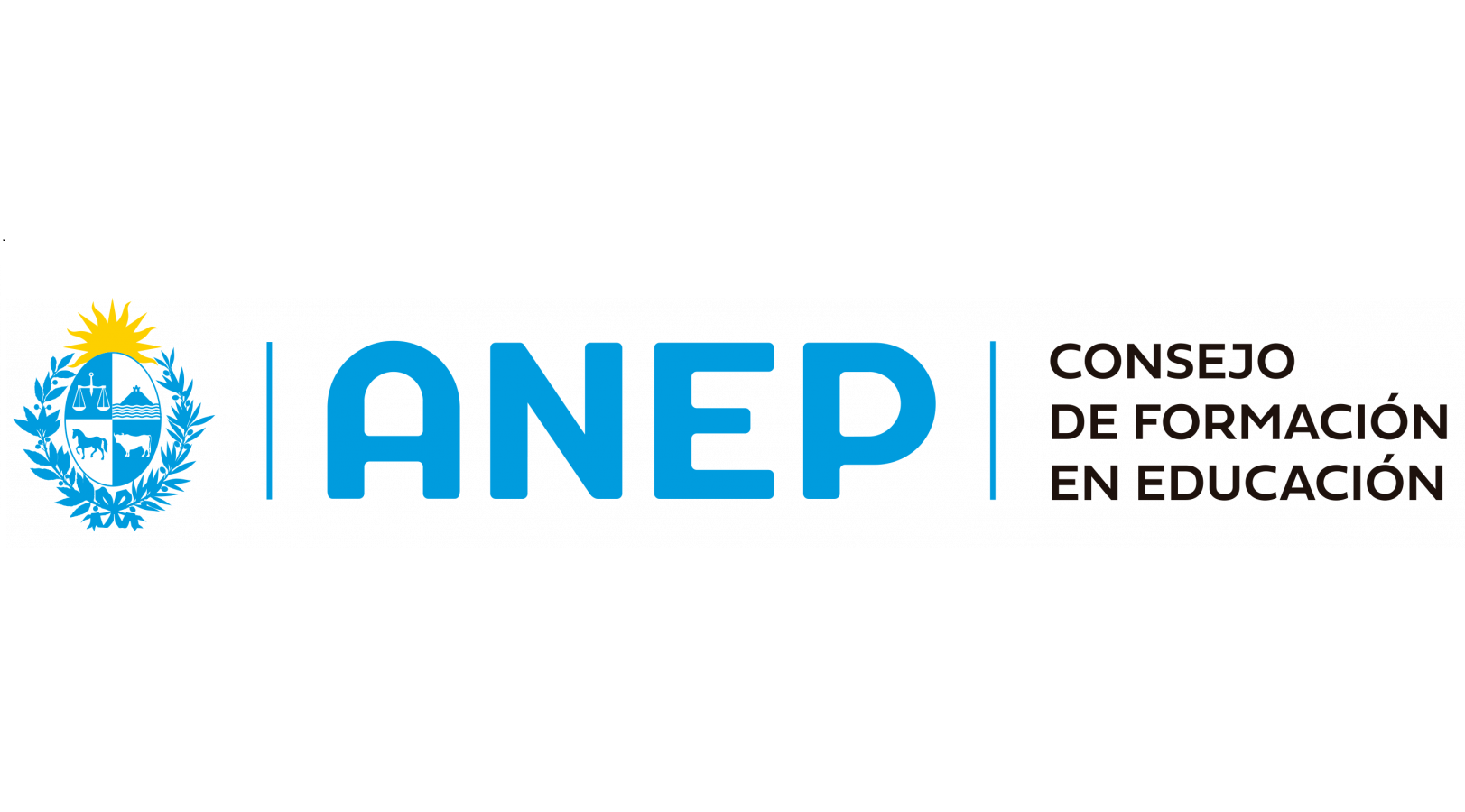Sympatric otariids increase trophic segregation in response to warming ocean conditions in Peruvian Humboldt Current System
Editor(es): Rodrigues Paiva, Vitor Hugo
Resumen:
Determining trophic habits of predator communities is essential to measure interspecific interactions and response to environmental fluctuations. South American fur seals, Arctocephalus australis (SAFS) and sea lions Otaria byronia (SASL), coexist along the coasts of Peru. Recently, ocean warming events (2014–2017) that can decrease and impoverish prey biomass have occurred in the Peruvian Humboldt Current System. In this context, our aim was to assess the effect of warming events on long-term inter- and intra-specific niche segregation. We collected whisker from SAFS (55 females and 21 males) and SASL (14 females and 22 males) in Punta San Juan, Peru. We used δ13C and δ15N values serially archived in otariid whiskers to construct a monthly time series for 2005–2019. From the same period we used sea level anomaly records to determine shifts in the predominant ceanographic conditions using a change point analysis. Ellipse areas (SIBER) estimated niche width of species-sex groups and their overlap. We detected a shift in the environmental conditions marking two distinct periods (P1: January 2005—October 2013; P2: November 2013—December 2019). Reduction in δ15N in all groups during P2 suggests impoverished baseline values with bottom-up effects, a shift towards consuming lower trophic level prey, or both. Reduced overlap between all groups in P2 lends support of a more redundant assemblage during the colder P1 to a more trophically segregated assemblage during warmer P2. SASL females show the largest variation in response to the warming scenario (P2), reducing both ellipse area and δ15N mean values. Plasticity to adapt to changing environments and feeding on a more available food source without fishing pressure can be more advantageous for female SASL, albeit temporary trophic bottom-up effects. This helps explain larger population size of SASL in Peru, in contrast to the smaller and declining SAFS population.
| 2022 | |
| ANII: FCE_1_2019_1_156387 | |
|
Otaridae Warming ocean conditions Peruvian Humboldt Current System |
|
| Inglés | |
| Universidad de la República | |
| COLIBRI | |
| https://hdl.handle.net/20.500.12008/36671 | |
| Acceso abierto | |
| Licencia Creative Commons Atribución - No Comercial (CC - By-NC 4.0) |












